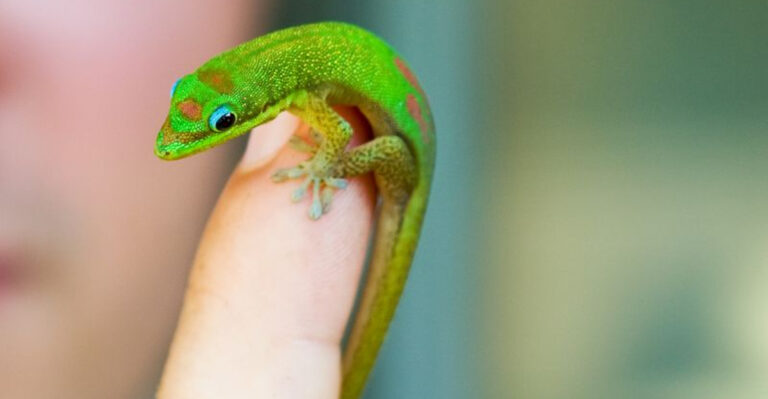8 Birds Vets Wish Were Less Popular As Pets (And 7 They Recommend Instead)
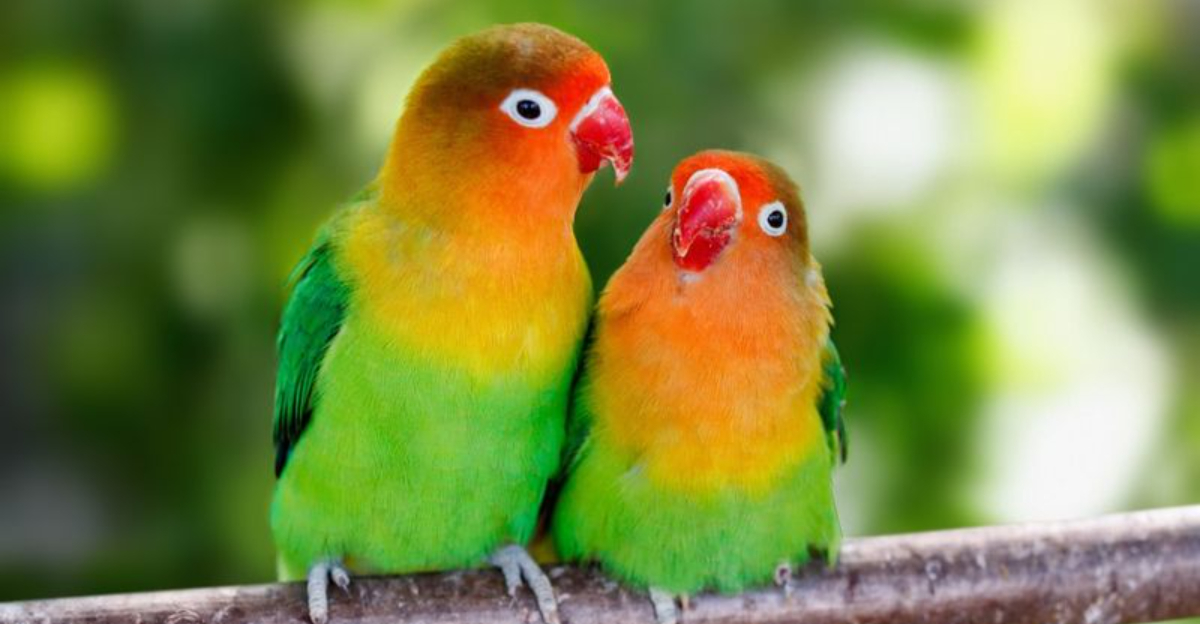
Thinking about adding a feathered friend to your family? Not all birds make suitable pets, despite what pet stores might tell you.
Veterinarians who specialize in avian care have strong opinions about which birds thrive in home environments and which ones often end up stressed, unhealthy, or rehomed.
Before bringing home a bird companion, consider this expert guidance on which species to avoid and which make wonderful, manageable pets.
1. Macaws
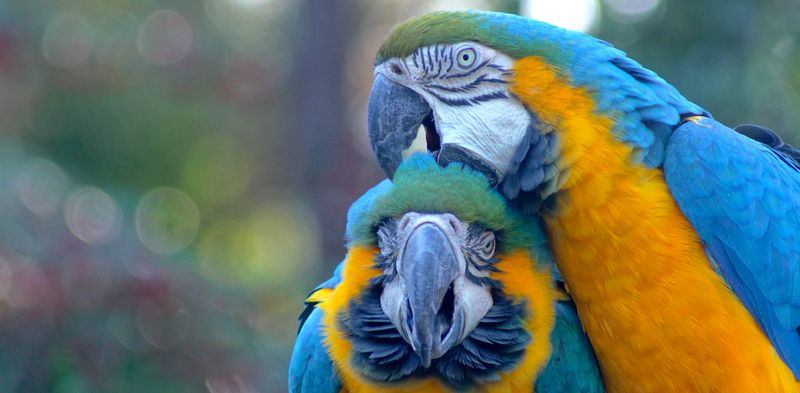
These rainbow-colored giants can live 50+ years, outlasting marriages and career changes. Many owners surrender them when reality hits: macaws scream at ear-splitting volumes and require hours of daily interaction.
Their powerful beaks can destroy furniture and even cause serious injuries. Without proper mental stimulation, macaws develop destructive behaviors including feather plucking and self-mutilation.
2. Cockatoos
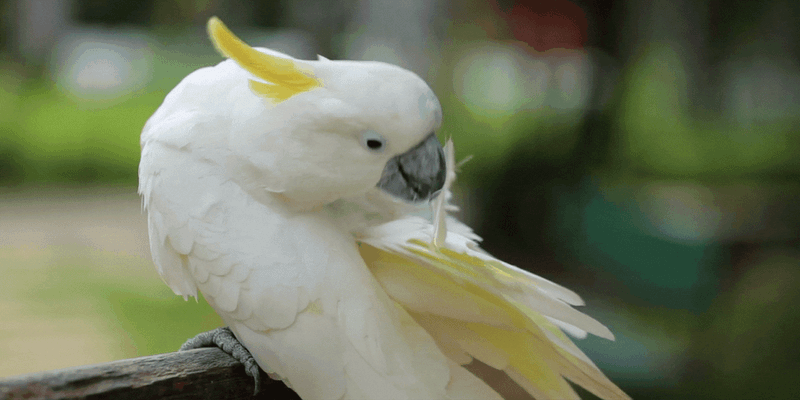
Behind those charming crests and cuddly personalities lurks an emotional powder keg. Cockatoos bond intensely with owners, developing devastating separation anxiety when left alone.
Their dust-producing feathers trigger allergies in many households. When bored or neglected, these highly intelligent birds resort to ear-piercing screaming sessions and obsessive feather destruction that can be nearly impossible to reverse.
3. African Grey Parrots
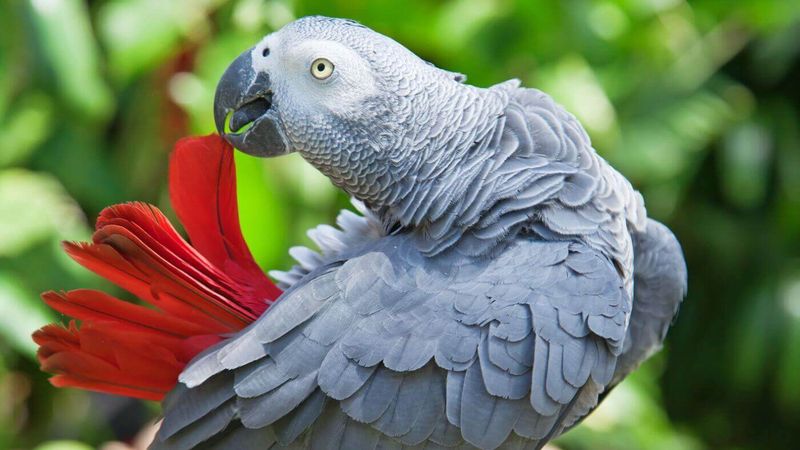
Famous for their Einstein-level smarts, African Greys require intellectual stimulation comparable to a perpetual toddler. Without complex puzzles and constant interaction, these birds develop neurotic behaviors.
Their astounding vocabulary masks a sensitive temperament easily traumatized by household changes. Many Greys bounce between homes for decades, creating psychological damage that manifests as aggression or self-harm.
4. Lovebirds
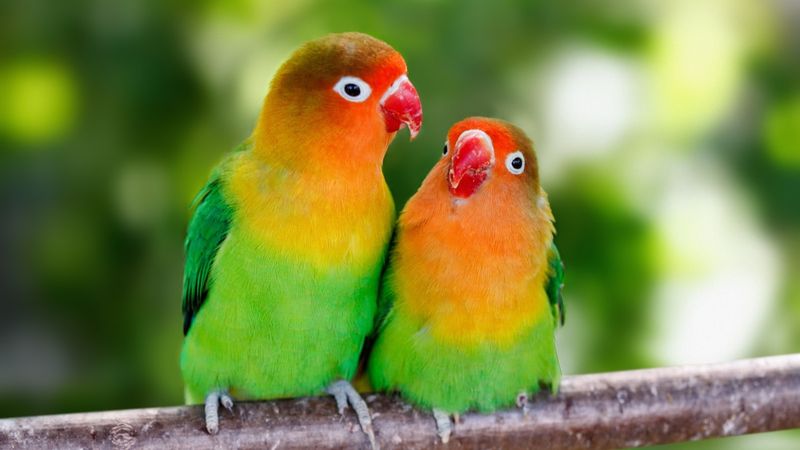
Don’t let their adorable name fool you! These pint-sized parrots pack aggressive personalities that can draw blood during territorial disputes. Their sharp beaks deliver surprisingly painful bites when they feel threatened.
Contrary to popular belief, lovebirds don’t always need companions – in fact, they often fight viciously with introduced birds. Their shrill calls can irritate neighbors in apartment settings.
5. Amazon Parrots
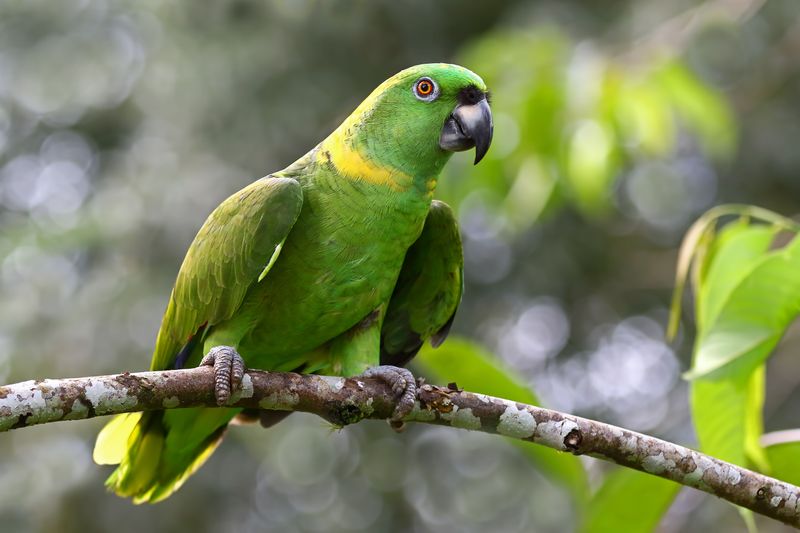
These charismatic chatterboxes conceal Jekyll-and-Hyde personalities that emerge during hormonal seasons. Sweet-natured Amazons can transform into unpredictable biters without warning.
Their booming voices carry through walls and neighborhoods – imagine living with a creature that can match a smoke detector’s volume! Most apartments and HOAs eventually receive noise complaints, forcing owners to rehome these vocal birds.
6. Budgerigars (Budgies)
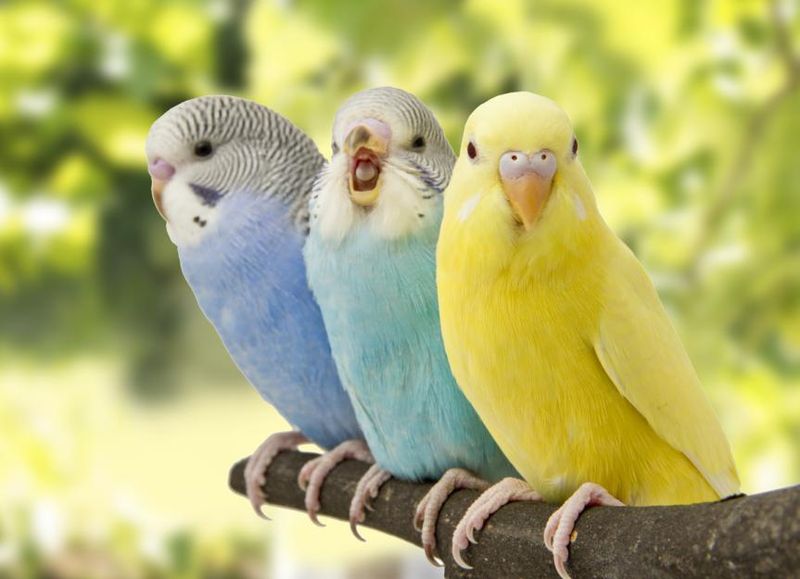
Pet stores market these colorful parakeets as beginner birds, but vets tell a different story. Genetic health issues plague mass-bred budgies, including respiratory problems and tumors that require expensive treatment.
Solitary budgies develop depression without companionship. Their subtle illness signs often go unnoticed until critically advanced, and their small size makes them vulnerable to household dangers like ceiling fans and non-stick cookware fumes.
7. Cockatiels
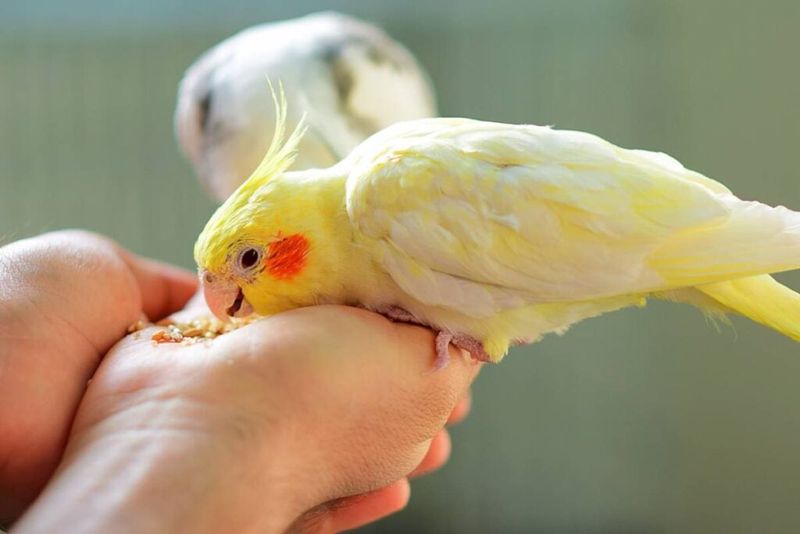
Those adorable yellow cheeks hide a dusty secret – cockatiels produce enormous amounts of powder-down that coats everything nearby and triggers asthma attacks in sensitive individuals.
Males whistle incessantly during breeding season, driving family members to distraction. Their long lifespans (15-20 years) often outlast an owner’s interest, leading to abandonment when the novelty wears off.
8. Conures
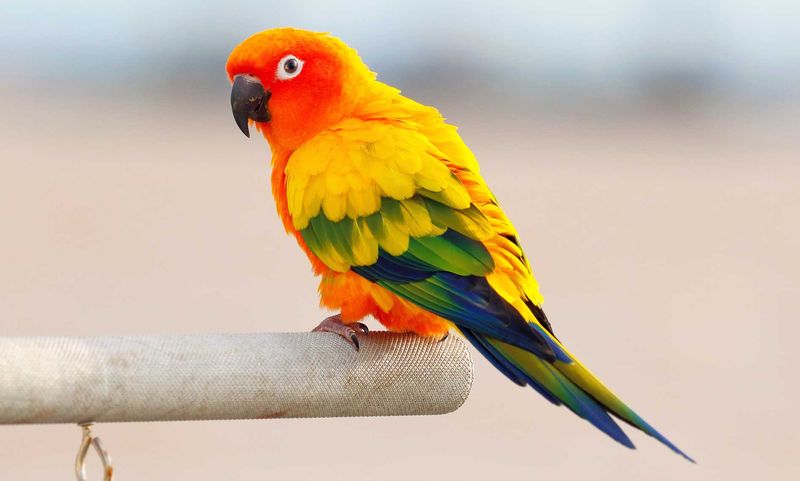
Sunshine-colored personalities can’t compensate for the piercing screams conures unleash during dawn and dusk. Their contact calls reach decibel levels that can damage human hearing over time.
These pint-sized parrots demand constant attention, becoming destructive when bored. Their messy eating habits scatter food several feet from their cages, creating cleaning nightmares for owners unprepared for the daily maintenance.
9. Canaries
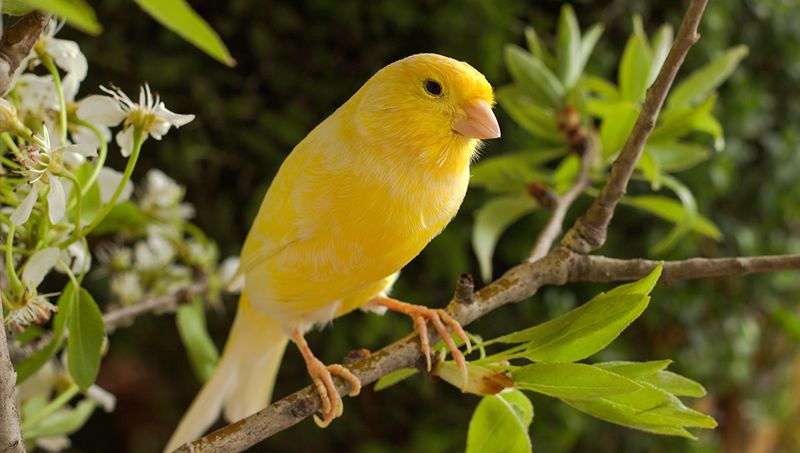
Unlike their demanding parrot cousins, canaries contentedly entertain themselves without requiring handling. Their melodious songs provide gentle background music rather than window-rattling screams.
These golden songbirds thrive in appropriately-sized flight cages where they exercise independently. Their reasonable 10-year lifespan fits realistically into changing life circumstances, making them ideal for first-time bird owners.
10. Finches
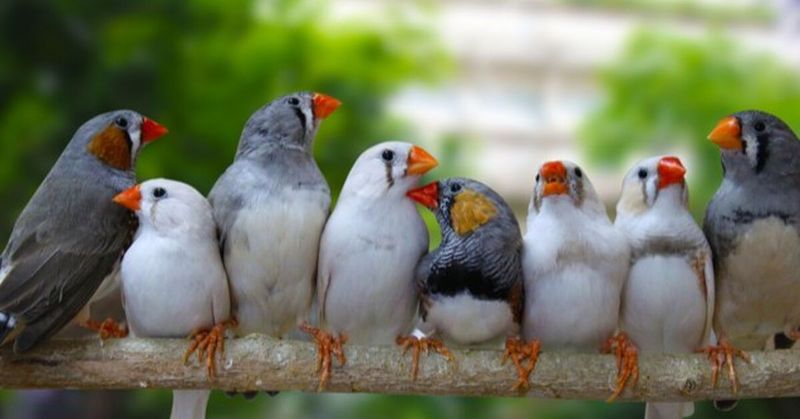
Zebra and society finches flourish without demanding human interaction, perfect for busy households. These tiny acrobats entertain themselves with flying games and social interactions with their own kind.
Their soft chirping provides pleasant ambiance without disturbing neighbors. Finches maintain their natural behaviors in captivity, reducing the psychological issues that plague larger birds, and their compact housing fits easily in apartments.
11. Quaker Parrots
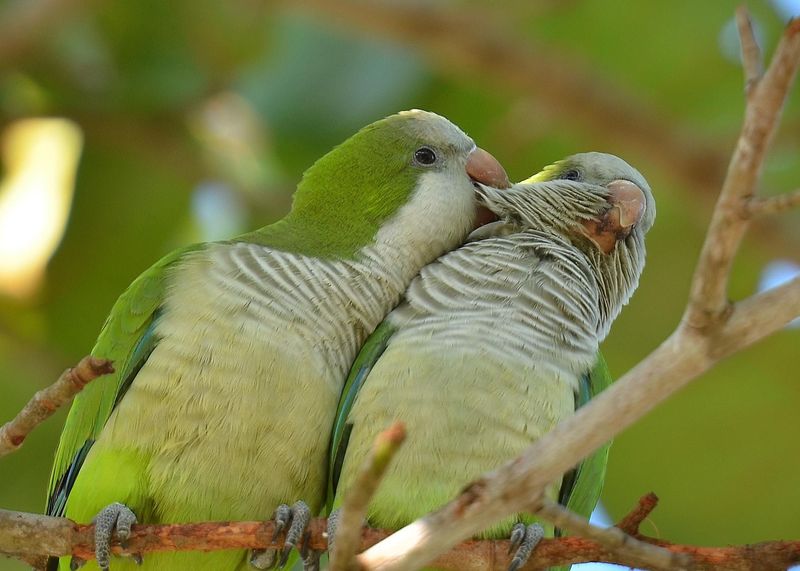
These emerald-feathered comedians offer parrot personality in a manageable package. Quakers learn tricks and vocabulary quickly while maintaining a more balanced temperament than larger species.
Their moderate noise level suits townhouse living better than ear-splitting macaws or cockatoos. Quakers form devoted bonds without the crippling separation anxiety that plagues other parrots, making them suitable for working households.
12. Pionus Parrots
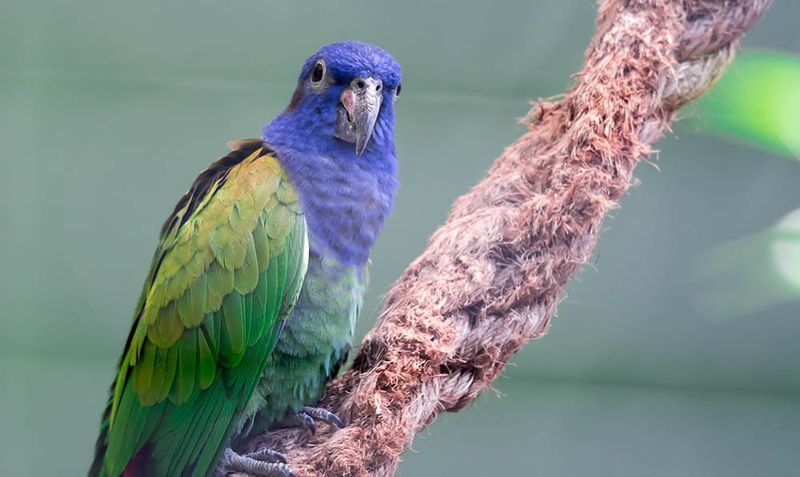
Meet the introverts of the parrot world! Pionus species offer companionship without demanding constant attention or shattering eardrums. Their quiet nature makes them apartment-friendly choices that won’t trigger eviction notices.
These medium-sized birds resist the feather-destructive behaviors common in other parrots. Their calm demeanor means fewer stress-related health problems, saving owners from expensive veterinary emergencies.
13. Bourke’s Parakeets
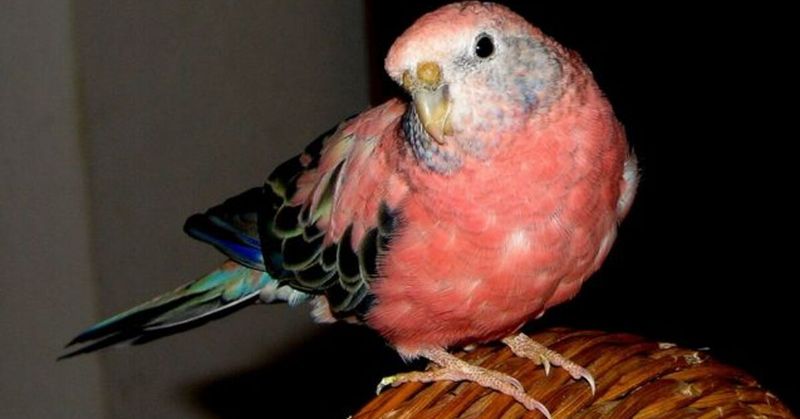
Sunset-hued Bourke’s parakeets break the mold with their unusual crepuscular activity pattern – they’re most active at dawn and dusk when owners are typically home. Their soft warbling sounds like gentle rainfall rather than piercing shrieks.
These Australian natives rarely bite and maintain their sweet temperament throughout their lives. Their peaceful nature allows them to cohabitate with finches in aviary settings.
14. Eclectus Parrots
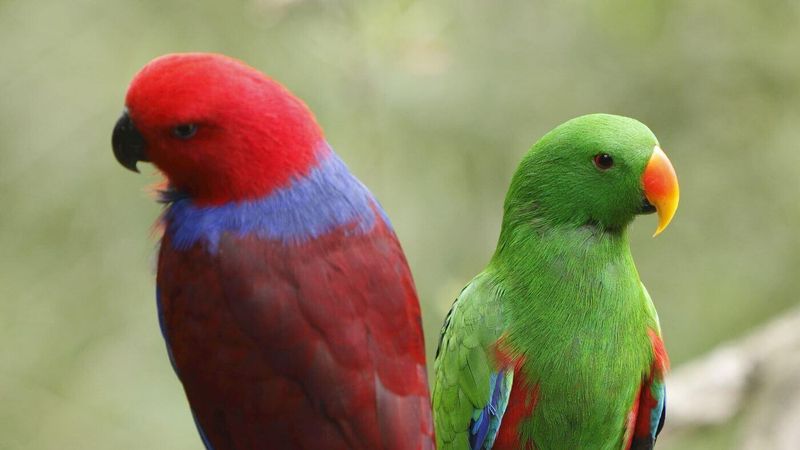
With striking gender differences – ruby-red females and emerald-green males – Eclectus parrots offer visual drama without behavioral extremes. Their fruit-based diet creates less mess than seed-scattering species.
Unlike temperamental Amazons, Eclectus maintain consistent personalities year-round. Their measured, thoughtful intelligence makes training sessions rewarding rather than frustrating, and they adapt well to household routines.
15. Tiels (Tame Budgies)
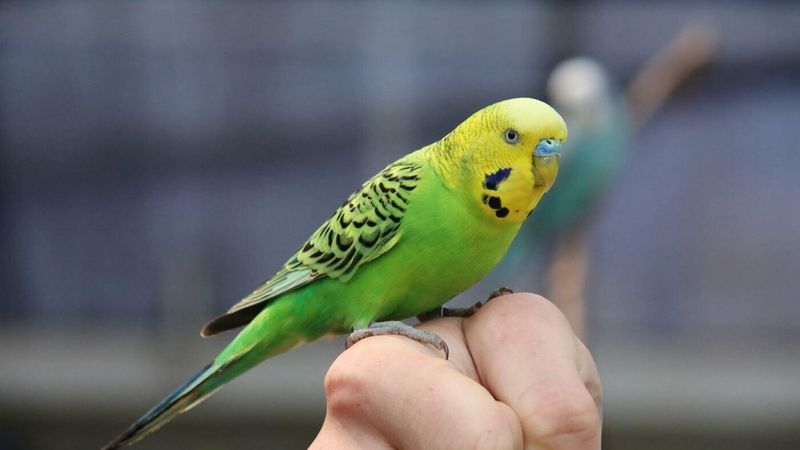
Hand-raised budgies bear little resemblance to their pet-store counterparts. When properly socialized from hatching, these pocket-sized parrots develop vocabulary rivaling larger species and form genuine bonds with careful owners.
Unlike wild-caught or mass-bred budgies, hand-tamed birds actively seek human interaction. Their affordability makes them accessible to families unable to invest thousands in larger parrots, while still providing interactive companionship.






